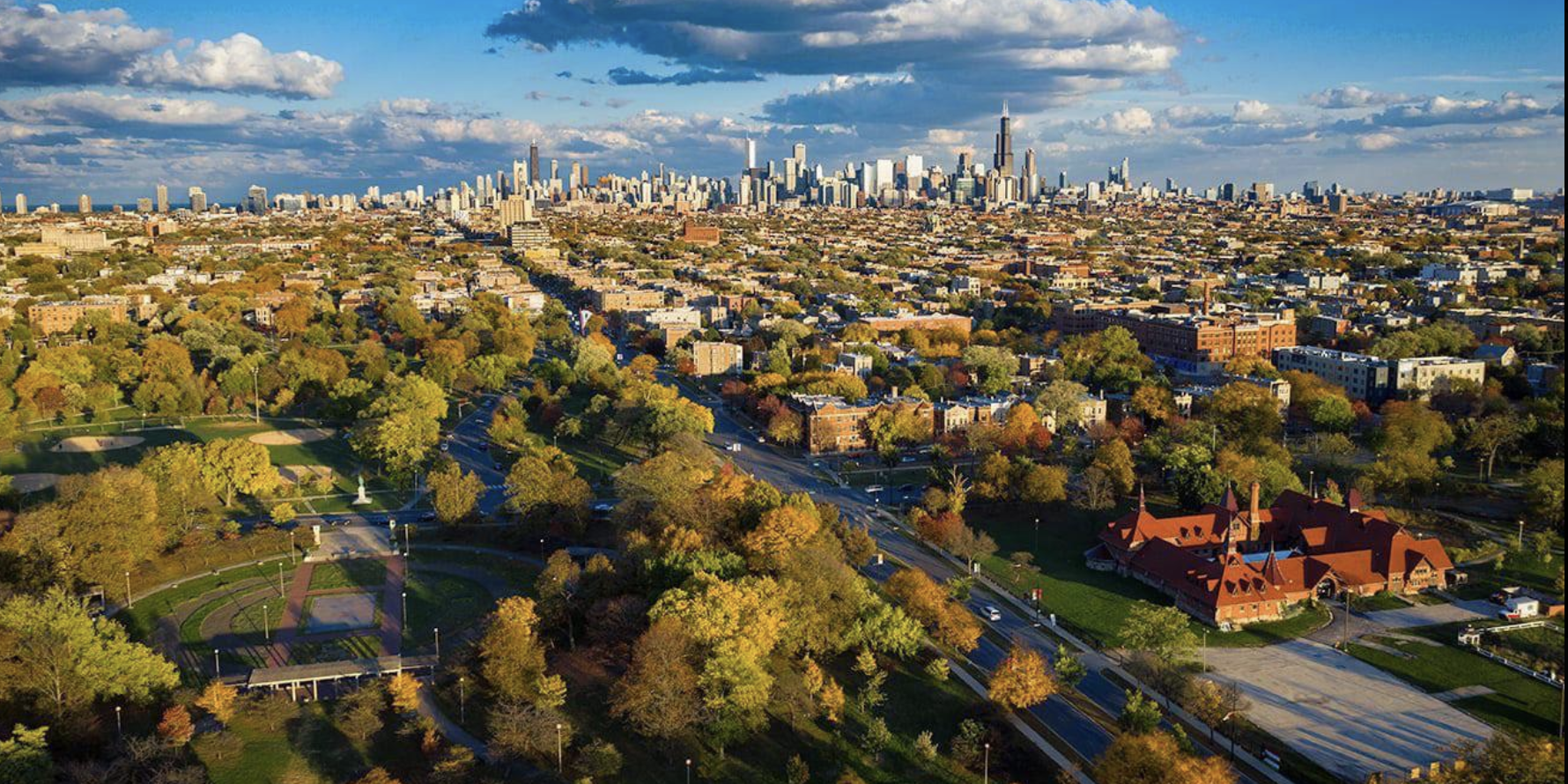Flipping Homes in Chicago Market: Tips and Advice
Flipping homes is a popular investment strategy that involves buying, renovating, and selling a property for a profit.
Chicago is recognized for its varied neighborhoods and lively real estate scene, flipping homes can be quite profitable.
However, it also comes with its own set of challenges and considerations. In this article, we will explore tips and advice on how to successfully flip homes in the Chicago market.
Understanding the Chicago Real Estate Market
Before stepping into the home flipping industry, it's crucial to understand the evolving dynamics of the Chicago real estate market.
Chicago is a city of diverse neighborhoods, each with unique characteristics, demand, and pricing trends. In 2025, rising interest rates and shifting buyer preferences are shaping market conditions, making it more important than ever to research high-growth areas. From the bustling downtown high-rises to the appreciating suburban communities, identifying the right location can significantly impact your profitability. Keeping up with current market data, zoning regulations, and buyer demographics will give you a competitive edge in flipping and selling homes successfully.
Chicago Real Estate Market Overview
The Chicago real estate market is known for its stability compared to other major U.S. cities. It offers a mix of single-family homes, condos, and townhouses. While some areas have seen a significant rise in property values, others offer more affordable options for flippers.
Identifying Promising Neighborhoods
To maximize your profits, focus on neighborhoods with growth potential. Look for areas undergoing redevelopment or those with planned infrastructure projects.
Areas such as Logan Square, Pilsen, Humboldt Park, Auburn Gresham, Englewood, Greater Crossings, Pullman, Roseland, and West Pullman have attracted flippers because of their rising property prices and lively neighborhoods.
Steps to Successfully Flip Homes in Chicago
Flipping homes requires careful planning and execution. Here are some essential steps to guide you through the process:
1. Conduct Thorough Market Research
Conducting thorough market research is the foundation of a successful home-flipping venture. Analyze recent sales data, property trends, and neighborhood demographics. Understanding the local market will help you make informed decisions about where and what type of property to buy.
2. Set a Realistic Budget
Establishing a realistic budget is crucial in home flipping. Factor in the purchase price, renovation costs, holding costs, and selling expenses. It's essential to have a clear financial plan to avoid overspending and ensure profitability.
3. Secure Financing
Unless you have sufficient capital, you will need financing for your home flipping project. Options include traditional mortgages, hard money loans, or private investors. Each option has its pros and cons, so choose the one that aligns with your financial situation and goals.
4. Choose the Right Property
Selecting the right property is a critical decision in the home flipping process. Look for homes that need cosmetic updates rather than major structural repairs.
Properties with older kitchens and bathrooms, or homes that just need a new layer of paint, can provide significant returns with little investment.
5. Plan Renovations Wisely
When it comes to renovations, focus on improvements that add the most value. Kitchens and bathrooms are key areas that can significantly increase a home's market value. Additionally, consider energy-efficient upgrades, as they appeal to environmentally conscious buyers.
6. Hire Reliable Contractors
Working with reliable contractors is essential to ensure that renovations are completed on time and within budget. Take the time to research and interview potential contractors, checking references and past projects. Clear communication and a well-defined contract are crucial for a smooth renovation process.
7. Stage and Market the Property
Once renovations are complete, staging the home can make a significant difference in attracting potential buyers. Professional staging highlights the property's best features and helps buyers envision themselves living there. Additionally, effective marketing strategies, such as professional photography and online listings, can increase the property's visibility and attract more buyers.
Common Challenges in Chicago Home Flipping
While flipping homes in Chicago can be profitable, it's not without challenges. Here are some common obstacles you may encounter:
Navigating Permitting and Regulations
Chicago has specific building codes and permitting requirements that can impact your renovation timeline. It's important to familiarize yourself with local regulations and work with contractors who understand the permitting process.
Dealing with a Competitive Market
The Chicago real estate market can be competitive, with many investors vying for the same properties. To stand out, act quickly when you find a promising property and be prepared to make competitive offers.
Managing Unexpected Costs
Unexpected costs, such as hidden structural issues or delays in renovations, can impact your budget. To mitigate these risks, set aside a contingency fund and conduct thorough inspections before purchasing a property.
Maximizing Profit When Selling Your Flip
Flipping homes in the Chicago market can be a rewarding endeavor with the right strategy and preparation.
When it comes time to sell, pricing your home competitively and marketing it effectively are key to attracting buyers. Working with experienced professionals and staging the home can further enhance its appeal. By executing a well-thought-out selling strategy, you can maximize your returns and move on to your next investment with confidence.



